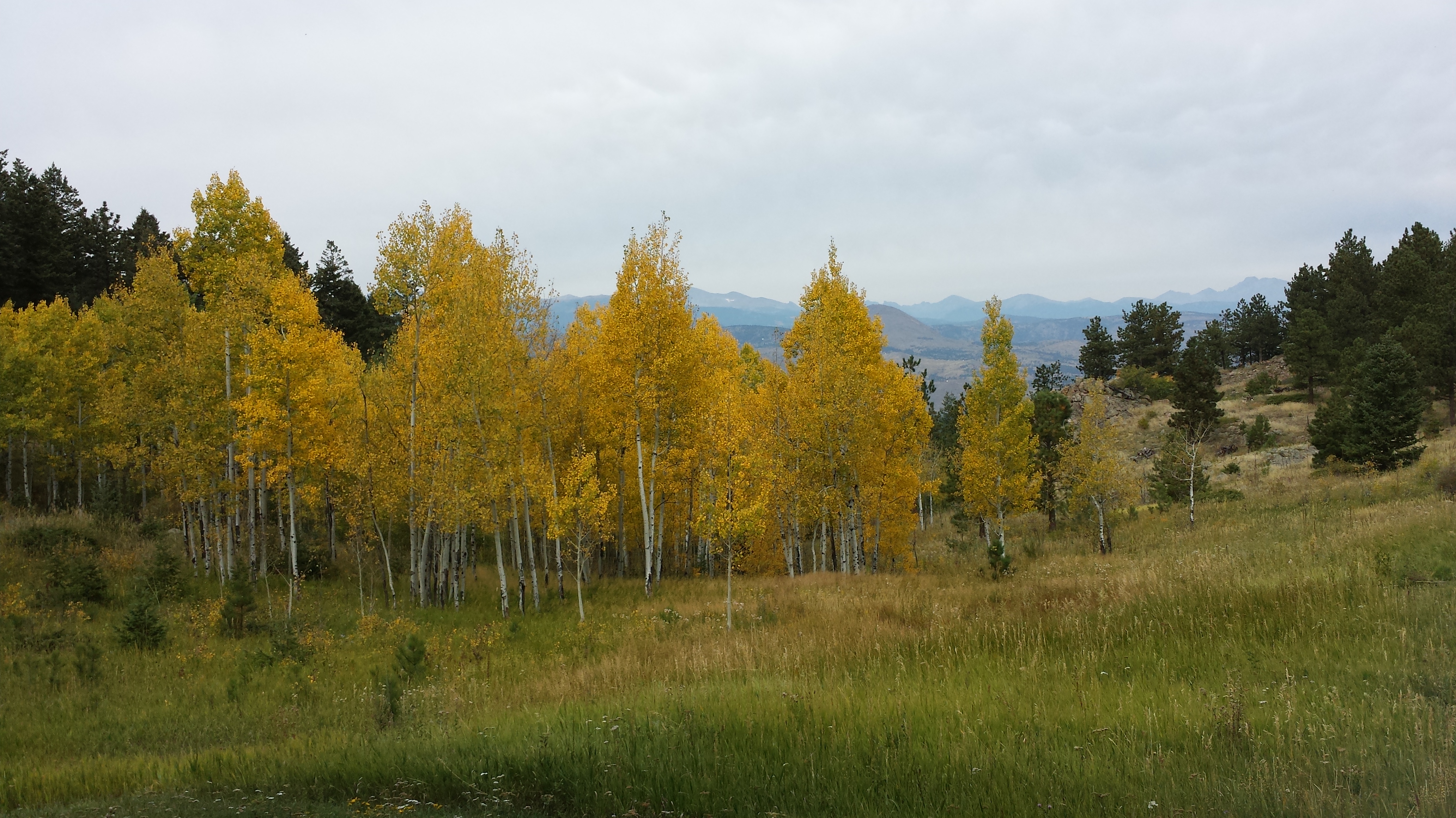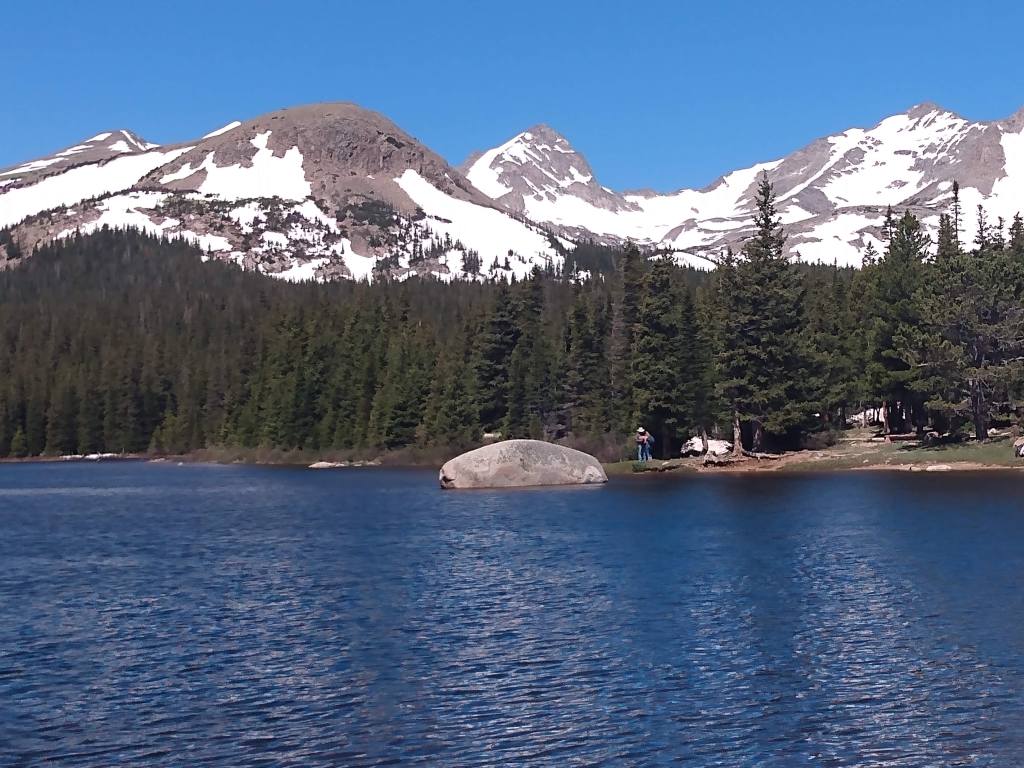
Walking
Walking, moving, landscapes, connecting.
Many people are finding that getting out and walking helps in many ways to mitigate the conditions of the pandemic; not just the confinement of being at home for so long. This may result in many more people on the trails, open spaces are being shared with greater numbers. This can make solitude and silence harder to find but recently I, literally, discovered that
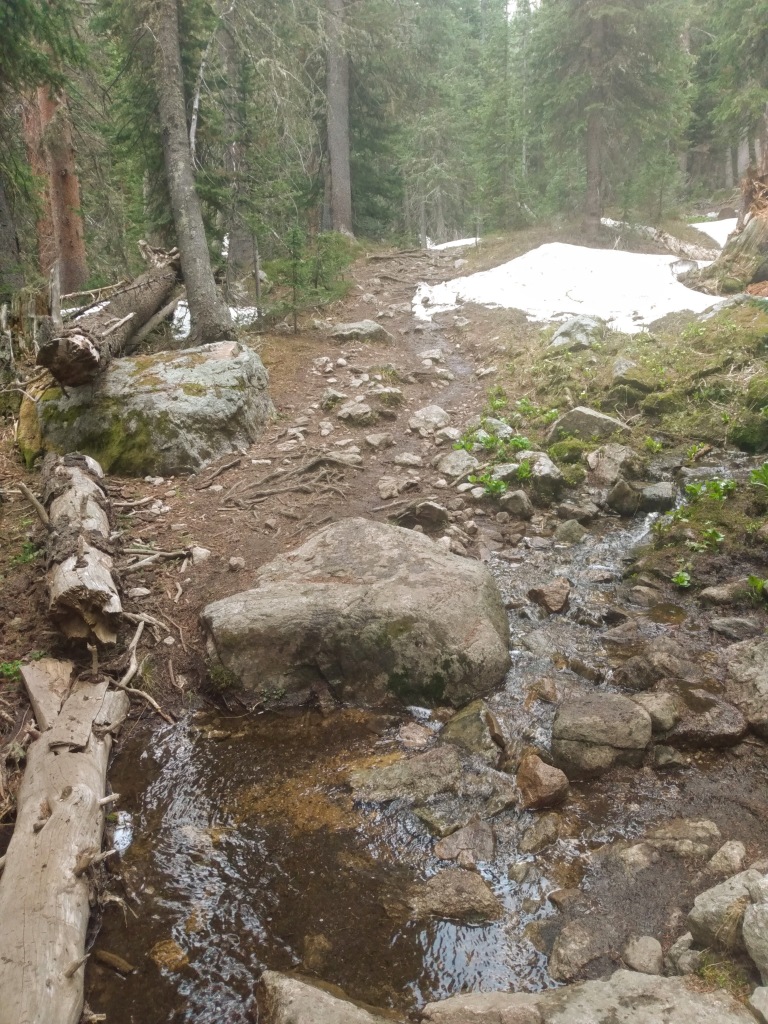
Two roads diverged in a wood, and I - I took the one less travelled by, And that has made all the difference Robert Frost - The Road not Taken
It really did make a difference to the experience. Each time the trail forked or another path turned off the way forward got steeper, there was more snow, and there were fewer and fewer people.
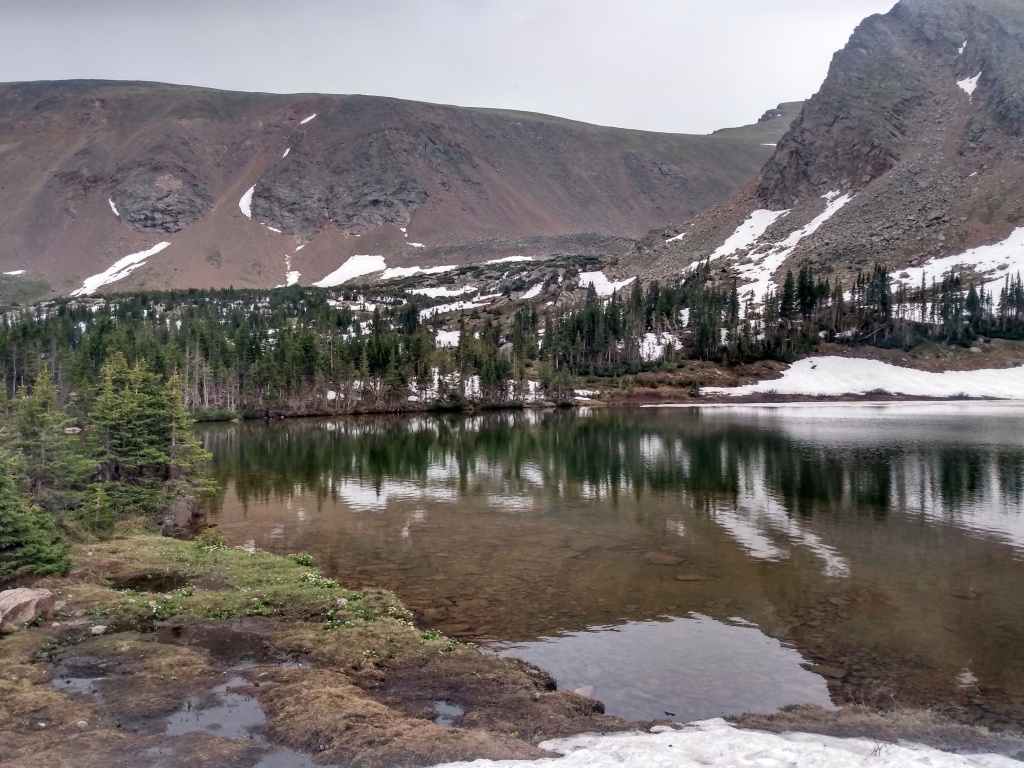
Journal prompts
Think about the forks in the road, literal or metaphorical, you have come to recently in the continuing experience of the pandemic.
What choices did you make? Where did they take you? Where do you imagine the road not taken have gone? What are you curious about?
Letters
I am told that people really are writing more letters in these times as they seek connection beyond their immediate environment. Someone said to me that she wrote letters to people with no expectation they would write back – so a letter in return feels like a gift.
Someone else said to me that in the course of clearing out a cupboard she came across letters I’d sent her years ago.
If you re-read old letters there is the opportunity to use the Feedback Loop and integrate your insight:
"When I read this I feel.........." "When I read this I notice........" "When I read this I remember........"
Journal prompts
And finally:
Write an unsent letter to your post-pandemic self.
People who live alone have particular challenges in this time:
What has helped you? What do you miss most?
What is your experience?
You can leave a comment on this blog by typing in the Leave a Reply box at the bottom of the page or you can contact me directly by filling in this form here:

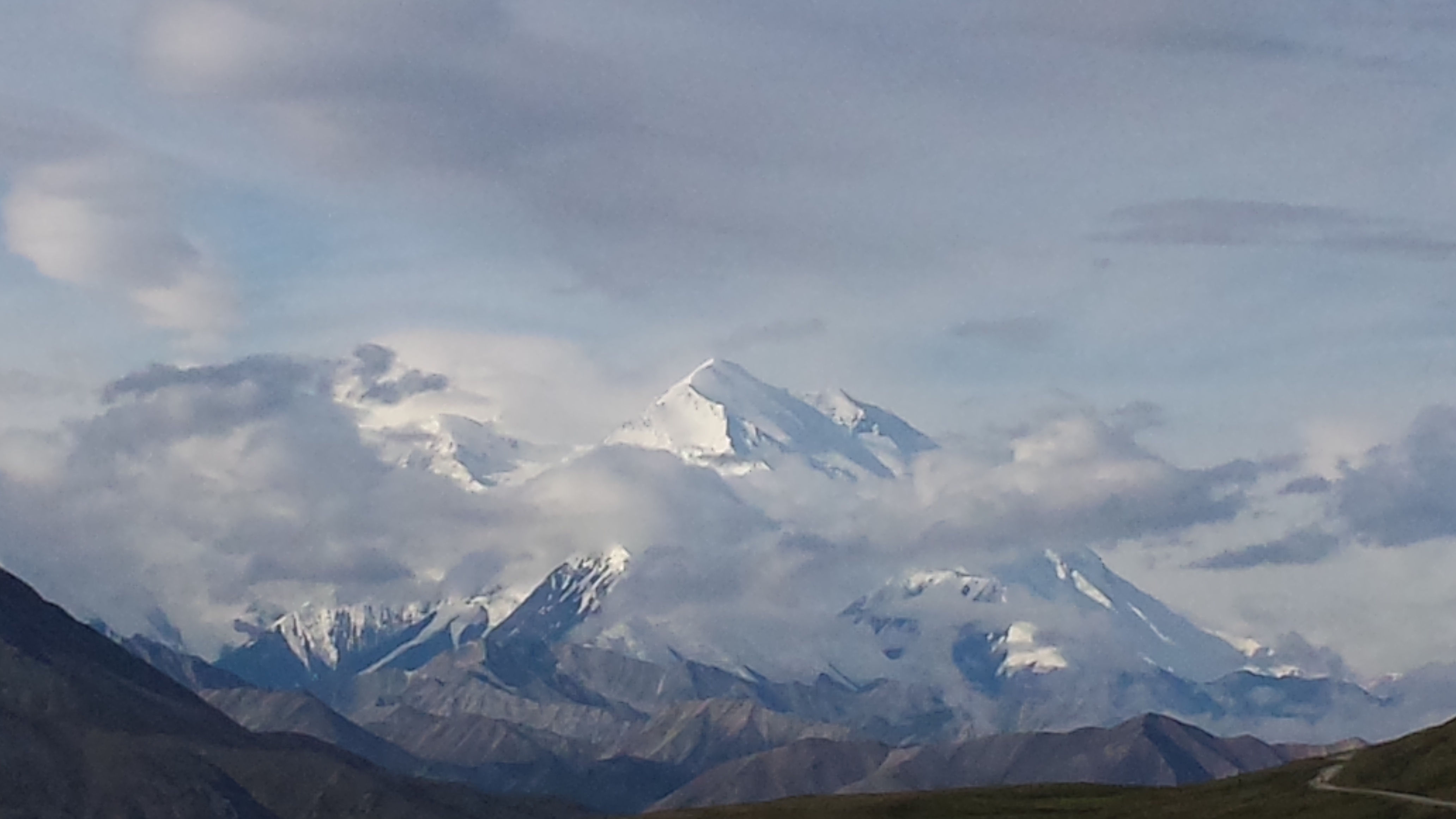 The second free mini workshop in the series Writing for Resilience: Shifting our Emotional Landscape is available for you to listen to
The second free mini workshop in the series Writing for Resilience: Shifting our Emotional Landscape is available for you to listen to 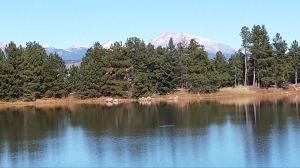 Although the lake here is full at this time and we have snow on the ground, there is not the same calm and safety for many people and communities that we know. Perhaps you or someone you know is personally affected by the fires, floods, earthquakes indelibly changing the landscape, or perhaps the news brings it into your awareness with brutal immediacy. In these troubling times, when there are natural disasters affecting so many people and communities, it is so easy to feel paralyzed and helpless whilst simultaneously wanting and needing to offer something in whatever way we can.
Although the lake here is full at this time and we have snow on the ground, there is not the same calm and safety for many people and communities that we know. Perhaps you or someone you know is personally affected by the fires, floods, earthquakes indelibly changing the landscape, or perhaps the news brings it into your awareness with brutal immediacy. In these troubling times, when there are natural disasters affecting so many people and communities, it is so easy to feel paralyzed and helpless whilst simultaneously wanting and needing to offer something in whatever way we can.
